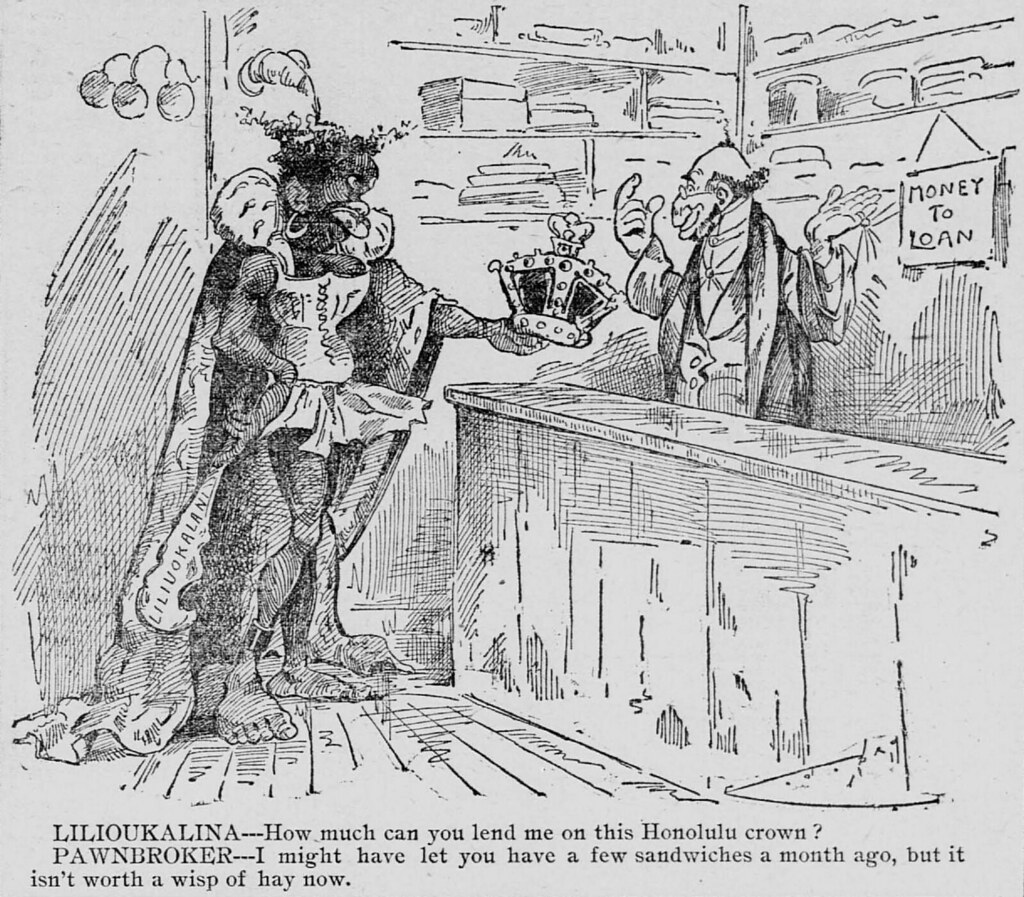The issue of this political cartoon is about the Roosevelt Corollary. It said that the U.S was the policemen of the Western Hemisphere. So the Europeans could not interfere in there. The message the cartoonist is trying to say is that we could use military power or policies to keep the Europeans away. What other opinions the people might say is that the Roosevelt Corollary is bad. They might think of that because it might cause wars. The techniques the cartoonist used is labeling. In the cartoon, it is showing the Republic of Santo Domingo, telling us which state Europe is going to attack. Another technique is analogy. In the cartoon, the Monroe Doctrine is supposed to be a policy, not a cannon. This supports anti-imperialism because it can show what we can do if any European states enters the Western Hemisphere.
Picture URL:"The Roosevelt Corollary - Boundless Open Textbook." Boundless. N.p., n.d. Web. 10 Feb. 2016. <https://www.boundless.com/u-s-history/textbooks/boundless-u-s-history-textbook/world-war-i-1914-1919-23/the-wilson-administration-176/the-roosevelt-corollary-960-2222/>.



